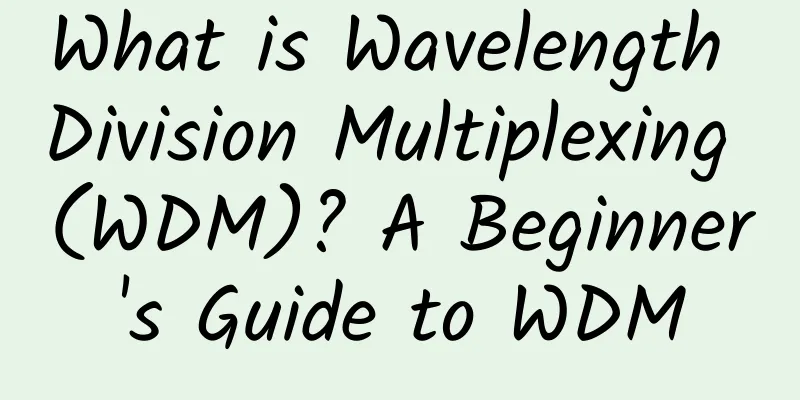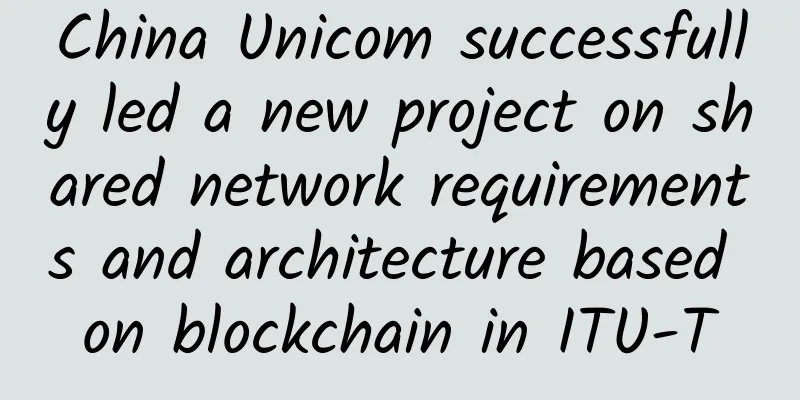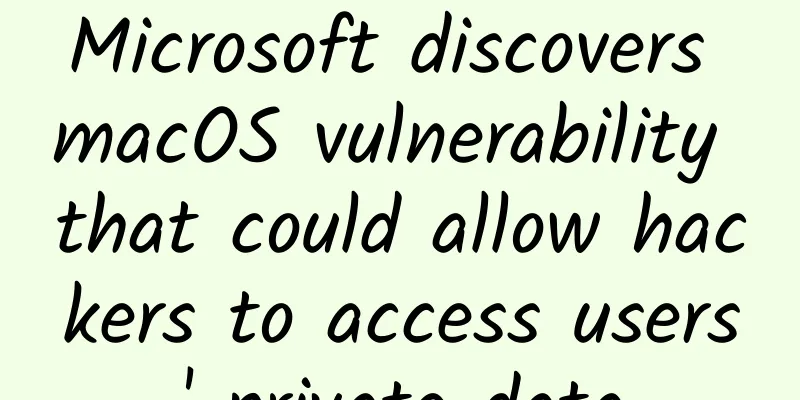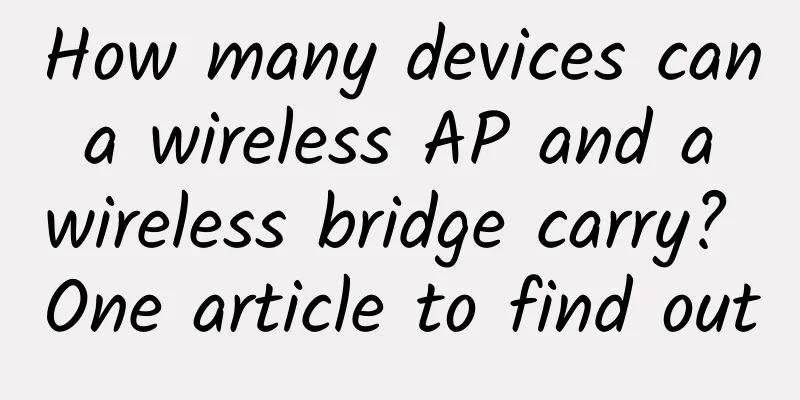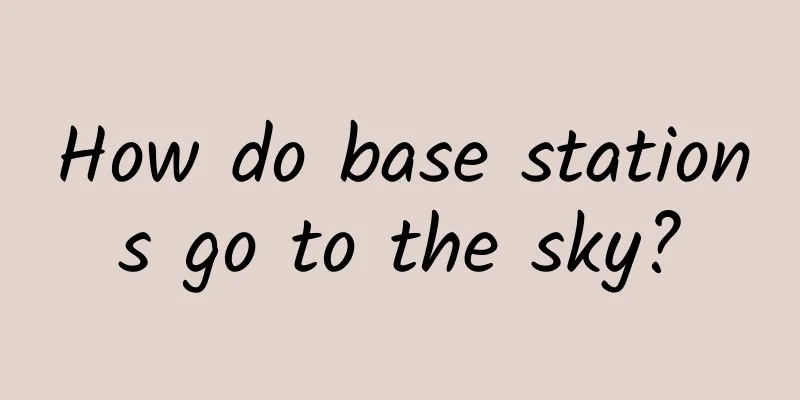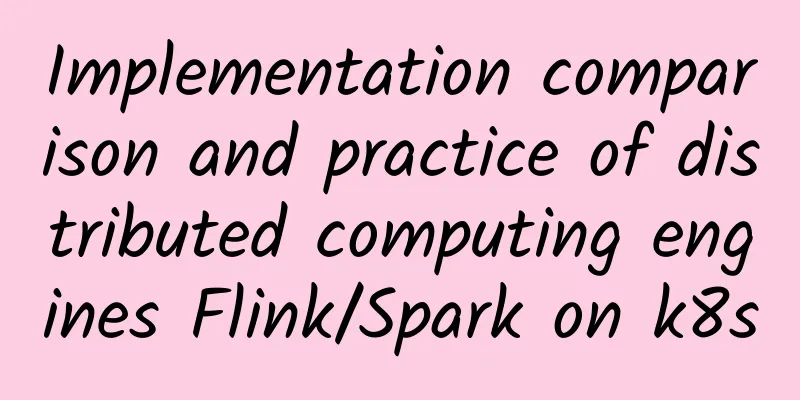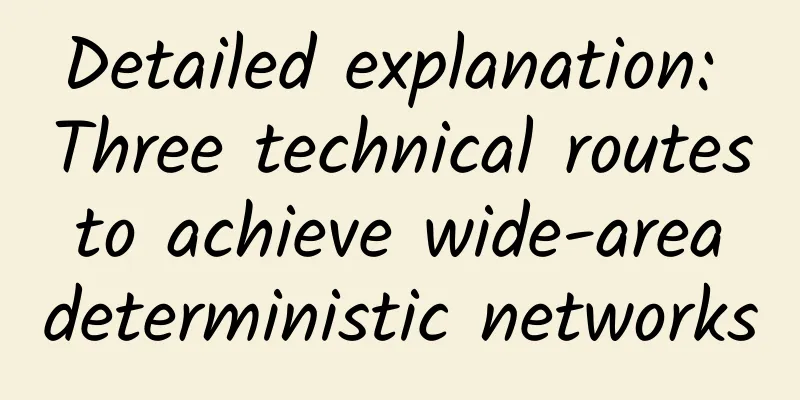How should spaces and plus signs in URLs be encoded?
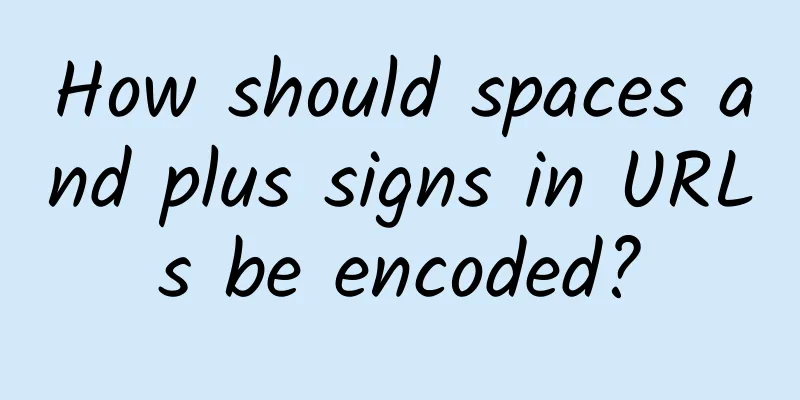
|
This article is reprinted from the WeChat public account "Gopher Guide", the author is New World Grocery Store. Please contact the Gopher Guide public account to reprint this article. It is a consensus that URLs cannot contain spaces explicitly. However, the form in which spaces exist is not completely consistent in different standards, resulting in different implementations in different languages. Rfc2396 clearly states that spaces should be encoded as %20. However, the W3C standard states that spaces can be replaced with + or %20. Lao Xu was confused on the spot. The space was replaced by +, so + itself can only be encoded. In this case, why not encode the space directly? Of course, this is just Lao Xu's doubt. We can no longer trace the previous background, and we cannot change the facts. However, whether the space is replaced by + or 20%, and whether + needs to be encoded are the problems we need to face now. Three common URL encoding methods in GoAs a Gopher, the first thing we focus on is the implementation of the Go language itself, so let's first understand the similarities and differences between the three commonly used URL encoding methods in Go. url.QueryEscape
When using url.QueryEscape encoding, spaces are encoded as +, and + itself is encoded as %2B. url.PathEscape
When using url.PathEscape encoding, spaces are encoded as 20%, while + is not encoded. url.Values
When using the (Values).Encode method to encode, the space is encoded as +, and + itself is encoded as %2B. Further checking the source code of the (Values).Encode method shows that it still calls the url.QueryEscape function internally. The difference between the (Values).Encode method and url.QueryEscape is that the former only encodes the key and value in the query, while the latter encodes both = and &. For us developers, which of these three encoding methods should we use? Please continue reading and I believe you will find the answer in the following articles. Implementation in different languagesSince the URL encoding of spaces and + in Go is implemented differently, does this also exist in other languages? Let's take PHP and JS as examples. URL encoding in PHPurlencode
rawurlencode
PHP's urlencode and Go's url.QueryEscape functions have the same effect, but rawurlencode encodes both spaces and +. URL encoding in JSencodeURI
encodeURIComponent
JS's encodeURI and Go's url.PathEscape functions have the same effect, but encodeURIComponent encodes both spaces and +. What should we do?It is more recommended to use the url.PathEscape function encodingIn the previous article, we have summarized the encoding operations of +Gopher pointer in Go, PHP and JS. The following is a two-dimensional table to summarize whether the corresponding decoding operations are feasible.
In the above table, YY and Y have the same meaning. Lao Xu only uses YY to indicate that url.PathEscape is recommended for encoding in Go, while rawurldecode and decodeURIComponent are recommended for decoding in PHP and JS, respectively. In the actual development process, Gopher will definitely need to be decoded. At this time, it is necessary to communicate with the URL encoding party to obtain the appropriate decoding method. Encode the valueIs there a universal way that does not require URL encoding and decoding? There is undoubtedly a way! Take base32 encoding as an example. Its encoding character set is AZ and numbers 2-7. At this time, after base32 encoding the value, there is no need for URL encoding. Finally, I sincerely hope that this article can be of some help to all readers. This article uses the console of PHP 7.3.29, go 1.16.6 and js Chrome 94.0.4606.71. refer to https://www.rfc-editor.org/rfc/rfc2396.txt https://www.w3schools.com/tags/ref_urlencode.ASP |
<<: What you don’t know about 5G
>>: Let’s talk about the top ten challenges of 6G
Recommend
How to Cut an Oxen - Illustrated MySQL 8.0 Optimizer Query Parsing
[[423739]] 1. Background and Architecture We all ...
Lessons from data center outages: Focus on infrastructure
The majority of downtime incidents over the past ...
Several issues that companies need to consider in advance when planning edge computing
In IoT applications, data processing, analysis, a...
Smart Home: Which One Wins, 5G or WiFi 6?
Smart homes are becoming an increasingly importan...
Why Manufacturing is an Excellent Use Case for Edge Computing
As IoT devices become more common, edge computing...
How do analog phones achieve full-duplex communication?
Full-duplex communication refers to the ability t...
5G, where is the road ahead? Computer experts look ahead to the 5G era
[[348682]] Data released by the Ministry of Indus...
The "love story" between single boards and switches: How to identify the support relationship between them?
Have you ever had a question: Which switch suppor...
Seize the opportunity of enterprise applications with network slicing
5G is on the rise for a reason. In addition to fa...
25 years later, the CDMA legend ends
On June 12, South Korea's Ministry of Science...
Home users use routers to surf the Internet, so how many mobile phones can be connected to one router at most?
I think everyone is still curious about this ques...
Wanduoduo CTO Shan Zebing: The technical architecture of start-ups should be flexible, simple and efficient
[51CTO.com original article] The reporter arrived...
DediPath: Memorial Day promotion 1Gbps unlimited traffic server from $31.95/month, VPS hosting from $1.75/month
DediPath has launched a Memorial Day promotion, o...
5G Internet of Vehicles technology drives the intelligent transformation of autonomous driving
2020 is a critical period for the commercial deve...
Understanding the Sliding Window Protocol in One Article
Yesterday we briefly talked about HTTP and HTTPS....
